Life-changing? That's how the Pärnu Music Festival felt on my first visit in 2015, alongside the discovery of Estonia as a pillar of the European Union ideal. It’s also how Palestinian Lamar Elias, a student on the annual conducting course, described Paavo Järvi’s Beethoven Seven this year with his Estonian Festival Orchestra: a typical high repeated the next night with Arvo Pärt’s Credo to follow.
Sadly the great Neeme Järvi, 88, who gave the controversial 1968 premiere of Credo, Pärt's large-scale testament of faith and seminal break with serialism and complexity, in Soviet Estonia, could only be present in spirit from Pärnu Hospital. He’d fractured a vertebra after a fall on the rain-soaked metal podium conducting at the huge Estonian Song and Dance Celebration, held every five years in Tallinn (and reviewed on here by Kieron Tyler). So he was missed at both the first concert and as a pillar of the Järvi Conducting Academy, where sons Paavo and Kristjan along with old master Leonid Grin had a heavier than usual load.
 Gone are the days when Pärt’s genial presence could be felt at the festival (he was on hand to advise during rehearsals in 2015 and 2018, pictured right by Kaupo Kikkas). He’s still very much to be seen around his home and the amazing Arvo Pärt Centre on the beautiful Lohusalu peninsula near Tallinn, tidying fallen pine cones and hugging locals. Works from all phases of his creative life were to be heard at the festival, starting with the Cantus in Memory of Benjamin Britten, which Neeme was to have conducted (and with which he introduced me to Pärt's music at the helm of the Gothenburg Symphony Orchestra back in 1980).
Gone are the days when Pärt’s genial presence could be felt at the festival (he was on hand to advise during rehearsals in 2015 and 2018, pictured right by Kaupo Kikkas). He’s still very much to be seen around his home and the amazing Arvo Pärt Centre on the beautiful Lohusalu peninsula near Tallinn, tidying fallen pine cones and hugging locals. Works from all phases of his creative life were to be heard at the festival, starting with the Cantus in Memory of Benjamin Britten, which Neeme was to have conducted (and with which he introduced me to Pärt's music at the helm of the Gothenburg Symphony Orchestra back in 1980).
I should have arrived five days later in time for Pärt's Summa as played by top native string players on the collection from the Estonian Foundation of Musical Instruments, but my flight from Helsinki was two hours late. I caught up on the spectacularly good Pärnu Music Festival TV covering all concerts (you can watch free of charge, though donations are welcome), There's no doubt that violinist Hans-Christian Aavik (pictured below by Tõiv Jõul) is the most remarkable Estonian musician to have emerged in recent years, not just as player – he won all prizes at the 2022 Carl Nielsen International Competition at the age of 23 – but as director and programmer.
The first part of the concert threaded Pärt, his dynamic successor as top Estonian composer Erkki-Sven Tüür, Bach (the Goldberg Variations Aria for trio movingly following Tuur's dynamic "Illusion" from Action, Passion, Illusion) and Glass in perfect sequence. After this, more string players joined the ensemble for an astonishingly successful string arrangement by Jacques Cohen of Mussorgsky's PIctures at an Exhibition (the highlight among many subtleties, perhaps, the exchanges between Aavik and cellist Theodor Sink in "The Old Castle"). 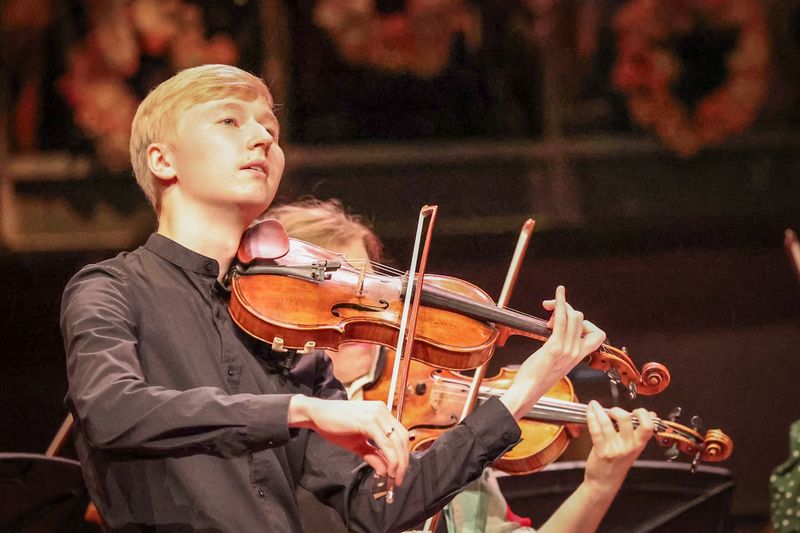 All travel weariness fell away in the late-night concert (how magical the Estonian word for "night", "öö", pronounced eurrr). Hans-Christian's elder brother Henri Christofer is chief conductor of the Pärnu City Orchestra, which has come on a lot since I last heard it. The challenges of a big programme were huge, above all Pärt's First Symphony: astounding to think that any Soviet-era composer could get away in 1963 with the wild chord clusters, serial fugal craziness and distinctive rhythmic tattoos that burn up the second movement, managed with conviction by the Pärnu players. Maybe the long-delayed premiere of Shostakovich's Fourth Symphony two years earlier, with its differently crazy first-movement fugue, had offered encouragement during the short-lived Khrushchev thaw.
All travel weariness fell away in the late-night concert (how magical the Estonian word for "night", "öö", pronounced eurrr). Hans-Christian's elder brother Henri Christofer is chief conductor of the Pärnu City Orchestra, which has come on a lot since I last heard it. The challenges of a big programme were huge, above all Pärt's First Symphony: astounding to think that any Soviet-era composer could get away in 1963 with the wild chord clusters, serial fugal craziness and distinctive rhythmic tattoos that burn up the second movement, managed with conviction by the Pärnu players. Maybe the long-delayed premiere of Shostakovich's Fourth Symphony two years earlier, with its differently crazy first-movement fugue, had offered encouragement during the short-lived Khrushchev thaw.
The towering post-Shostakovich Estonian symphonist, Lepo Sumera, had an equally tough look-in with the febrile impact of Symphōnē, composed in 1998 two years before the composer's untimely death. Nocturnal images conjured by other works in the programme by Tormis, Tamberg, Eller, Oja and Tubin, included the extra stylish bonus of the Estonian Festival Orchestra leader this year, and top soloist, Benjamin Baker (pictured below by Kaupo Kikkas with Paavo Järvi). 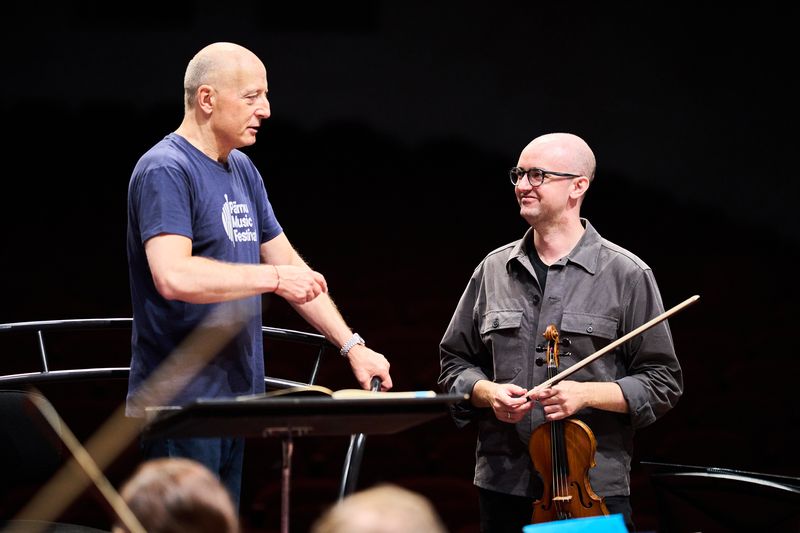 No festival in Pärt's 90th year would be complete without a choral concert, and the exquisite Vox Clamantis directed by Jaan Eik Tulve (pictured below by Kaupo Kikkas), whose ECM disc The Deer's Cry remains one of the top Pärt collections, struck the right note of a hallowed framework in Pärnu's Estonian (for which read Greek) Orthodox Cathedral of the Transfiguration.
No festival in Pärt's 90th year would be complete without a choral concert, and the exquisite Vox Clamantis directed by Jaan Eik Tulve (pictured below by Kaupo Kikkas), whose ECM disc The Deer's Cry remains one of the top Pärt collections, struck the right note of a hallowed framework in Pärnu's Estonian (for which read Greek) Orthodox Cathedral of the Transfiguration.
Traditional antiphons in procession from west to east end were reflected in some of the Pärt works, but the originality broke through especially in the last of the German-language Seven Magnificat-Antiphons, and his Magnificat was strikingly different from Helena Tulve's (highly original, but oddly, not celebratory). A Lutheran hymnal text set by Riho Esko Maimets, All Angels in the Light of Heaven, made a fierce contrast to the ever-beautiful Silouan's Song, while And I Heard a Voice... had a typical Pärt juxtaposition of the apocalyptic and the transcendental. 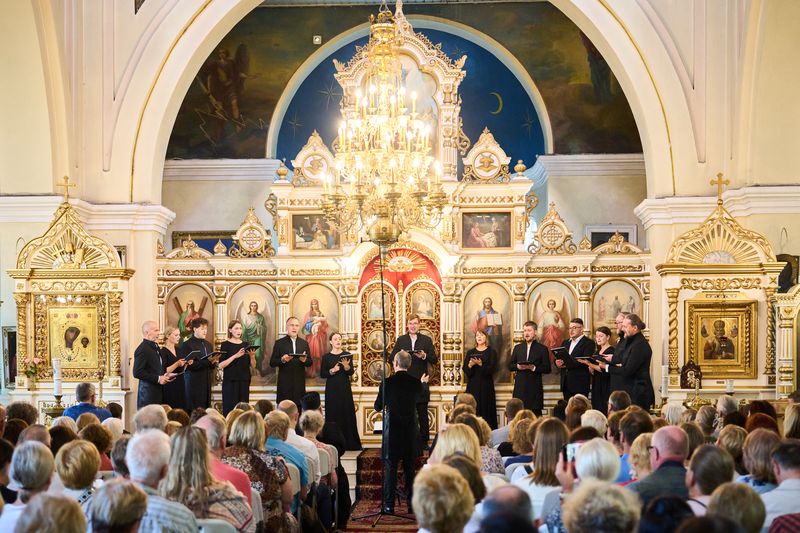 That was merely an early-evening meditation before the three-hour festival gala. How reassuring that, having cut down the EFO star players' chance to shine in various chamber groups over recent years, the admin had reverted to the old three-part formula. It might have been too much were there not so much of a spirit of lightness and play throughout the evening.
That was merely an early-evening meditation before the three-hour festival gala. How reassuring that, having cut down the EFO star players' chance to shine in various chamber groups over recent years, the admin had reverted to the old three-part formula. It might have been too much were there not so much of a spirit of lightness and play throughout the evening.
The still centres were Pärt's Fratres from the orchestra's eight cellists, the central movement of Nino Rota's otherwise perky Trio (flautist Maarika Järvi, violinist Emma Yoon and pianist Mika Chang), "Contemplation" from Živković's Trio per uno (actually four percussionists over two movements) and Salina Fisher's Mata-Au, commissioned by At the World's Edge Festival of which Baker is Artistic Director in his native New Zealand. Composed for string trio (here Baker, Benjamin Roskams and Sink), this water-music is wholly consonant but beautifully paced. It sat very well indeed between the corker of an opener, Jörg Widmann's early homage to techno music 180 Beats per Minute and the suite from Martinu's La Revue de Cuisine,showcasing some outlandish, extrovert work especially from long-term EFO hands bassoonist Amy Harman and trumpeter Vladislav Lavrik (pictured below by Taavi Kull with Artur Podlesny, Thomas Ruge, Kärt Ruubel and Signe Sõmer). 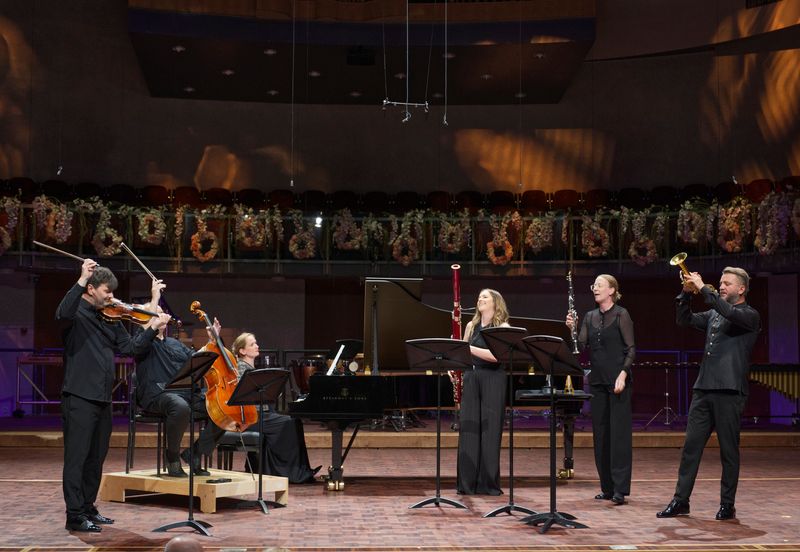 Kärt Ruubel was the razor-sharp, chameleonic pianist both here and in the big number of the evening, Dohnányi's rich and various Sextet, where the extrovert wind star was a cornerstone of the EFO, and one of the world's best clarinettists, Matt Hunt. I'd briefly forgotten the giant payoff after all that slightly tongue-in-cheek romantic handwringing, a finale of unremitting wit in rhythmic fun and games.
Kärt Ruubel was the razor-sharp, chameleonic pianist both here and in the big number of the evening, Dohnányi's rich and various Sextet, where the extrovert wind star was a cornerstone of the EFO, and one of the world's best clarinettists, Matt Hunt. I'd briefly forgotten the giant payoff after all that slightly tongue-in-cheek romantic handwringing, a finale of unremitting wit in rhythmic fun and games.
Another, younger Estonian pianist, Sten Heinoja, featured in the final concert shared between Pärnu City Orchestra and the briliant young Järvi Academy Symphony Orchestra, which had seemed to rejuvenate Neeme in a concert he conducted last festival. 11 of the students on the conducting course got a chance to show what they'd learned across five very different works. The shorter Pärt pieces meant you had to take the technique on trust, but collaboration with Heinoja, still inclined to extremes of loud and soft but very clearly a major musical personality who chose a staggering Liszt cadenza in the first movement of Beethoven's Third Piano Concerto, brought out qualities more strongly in Beethoven's Third Piano Concerto, Most communicative of all, in the way she constantly looked at orchestra and responsive pianist, was the Palestinian conductor I mentioned in the first paragraph, Lamar Elias (pictured below by Tõiv Jõul with Heinoja genially looking on, left). 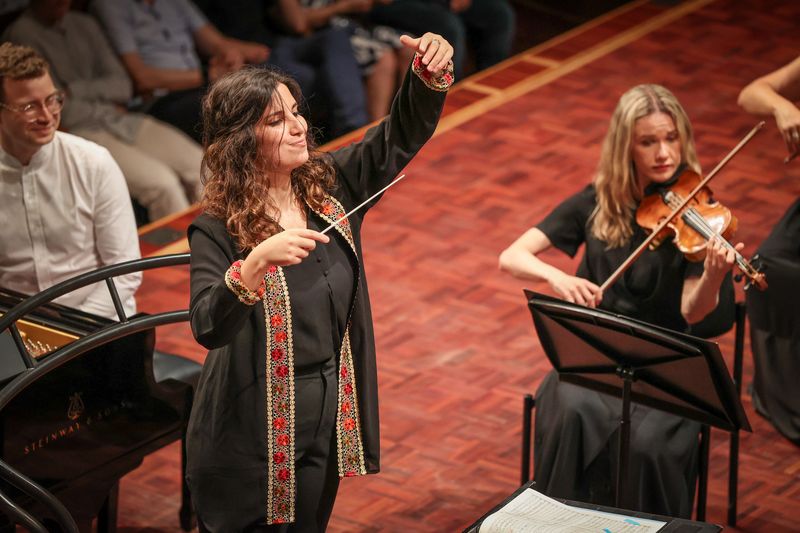 With members of the EFO, including Baker, sitting on back desks, the JASO was able to shine in Lehár's Gold and Silver Waltz and Brahms's Third Symphony. These are very demanding works for young conductors, though, in the freedom, the rubato, they need, and the only one to manage that was Sascha Maisky, older and more experienced than most, in the aching third movement of the Brahms. Still, it was good to see Estonian prodigy Kasper Joel Nõgene, still in his teens, growing in expressive confidence, and Claudia Jablonski was a confident, likeable presence in the second performance of Gold and Silver.
With members of the EFO, including Baker, sitting on back desks, the JASO was able to shine in Lehár's Gold and Silver Waltz and Brahms's Third Symphony. These are very demanding works for young conductors, though, in the freedom, the rubato, they need, and the only one to manage that was Sascha Maisky, older and more experienced than most, in the aching third movement of the Brahms. Still, it was good to see Estonian prodigy Kasper Joel Nõgene, still in his teens, growing in expressive confidence, and Claudia Jablonski was a confident, likeable presence in the second performance of Gold and Silver.
And so to the one of the four big EFO events I was able to catch. It was clearer than ever why I'd come on hearing the uniquely shaded string phrases of the Poulenc Organ Concerto, a stunningly deep and moving performance with Latvian organist Iveta Apkalna (pictured below by Kaupo Kikkas) leading the way. Because she sat at a keyboard connected to the concert hall's fine organ – some work had been needed on it beforehand – I could watch her every expressive gesture as well as her impressive posture throughout, and it was evident that this is the kind of collaborative soloist Paavo Järvi always chooses. Apkalna's encore, Pärt's Pari Intervallo, was perhaps the most hypnotic in performance of all the slow-burn pieces by the composer, though I dearly love Swansong, the concert's winged opener, which I heard the EFO premiere in the presence of the composer at my first festival in 2015.
Apkalna's encore, Pärt's Pari Intervallo, was perhaps the most hypnotic in performance of all the slow-burn pieces by the composer, though I dearly love Swansong, the concert's winged opener, which I heard the EFO premiere in the presence of the composer at my first festival in 2015.
One of Poulenc's first works to be imbued with deep religious feeling, the Organ Concerto is also in part a requiem for fellow-composer Pierre-Octave Ferroud, whose decapitation in a car accident haunted Poulenc for years. Perhaps part of the emotional charge in this towering intepretation was due to the fact that the orchestra had lost one of the Järvis in its ranks, cellist Teet, commemorated in an earlier concert. Its disposition always changes, and you might have thought that the absence due to family commitments this year of leader Florian Donderer and his fellow front-desker Triin Ruubel (Kart's twin) might have changed things. But with Baker and another born leader, Latvian Marta Spārniņa, the trademark depth and flexibility of this towering string section was as strong as ever. Baker even lent a metaphysical dimension in his solo to the orchestra's most popular encore, Lepo Sumera's Waltz for the animated film Spring Fly, led as always by Hunt's teasing clarinet. The creative Heinoja had played his own delightful transcription of it as encore the previous evening.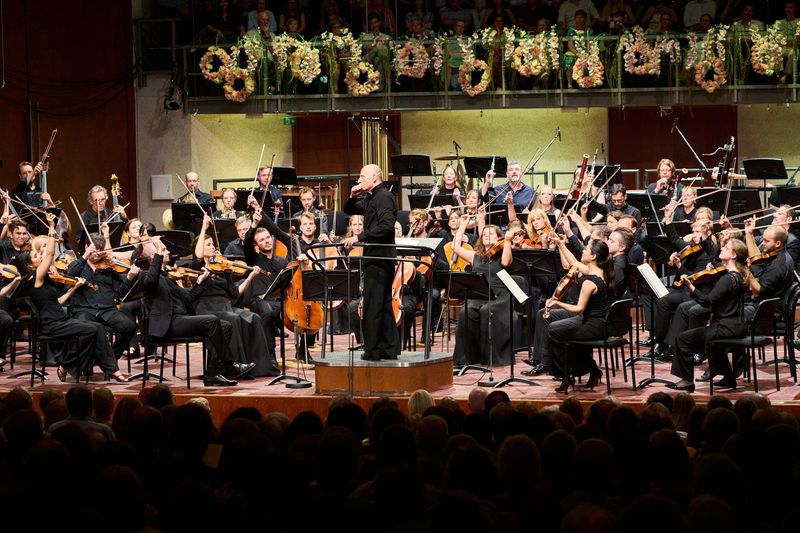 The ultimate test was a true festival candidate, Beethoven's Seventh Symphony (pictured above by Kaupo Kikkas). Paavo's was a radical reinvention which might have felt contrived had the orchestra not gone with his every adaptation. The dynamics aren't just huge in range, from brilliant fortissimos to ppppp; they can change in colour on a note. And the silences can be held, so while allegedly this was 30 per cent faster than in rehearsal, it never felt rushed to me. Adrenalin charges were bracketed by more spacious sequences; but of course the final charge was thrilling, and the audience rose to its feet almost immediately. The feeling of elation lasted.
The ultimate test was a true festival candidate, Beethoven's Seventh Symphony (pictured above by Kaupo Kikkas). Paavo's was a radical reinvention which might have felt contrived had the orchestra not gone with his every adaptation. The dynamics aren't just huge in range, from brilliant fortissimos to ppppp; they can change in colour on a note. And the silences can be held, so while allegedly this was 30 per cent faster than in rehearsal, it never felt rushed to me. Adrenalin charges were bracketed by more spacious sequences; but of course the final charge was thrilling, and the audience rose to its feet almost immediately. The feeling of elation lasted.
Though that was my last concert, I did manage to catch the unsurpassable Vilde Frang rehearsing the slow movement of Beethoven's Violin Concerto with the orchestra. The same magic: well-timed held pauses, everyone, especially the soloist, listening to each other to make chamber music writ large and play softly together. A brief catching of the first choral blaze in Credo, and I was out of the hall at 1.30pm for the drive to Tallinn Airport.  Since then I've caught up on other events on Pärnu Music Festival TV, and you can watch them too. Don't miss a supple-sensuous Stravinsky Firebird Suite, the "Khorovod" an ultimate gift to one of the world's most personable woodwind sections, and Estonian Kalev Kuljus as soloist in Tüür's baffling but absorbing Oboe Concerto (and an exquisite Bach encore). I'll carry with me as always the visions of the beach (pictured above on a final morning walk and dip), the bird reserves, the dunes, the river; but the audible memory has gone even deeper.
Since then I've caught up on other events on Pärnu Music Festival TV, and you can watch them too. Don't miss a supple-sensuous Stravinsky Firebird Suite, the "Khorovod" an ultimate gift to one of the world's most personable woodwind sections, and Estonian Kalev Kuljus as soloist in Tüür's baffling but absorbing Oboe Concerto (and an exquisite Bach encore). I'll carry with me as always the visions of the beach (pictured above on a final morning walk and dip), the bird reserves, the dunes, the river; but the audible memory has gone even deeper.

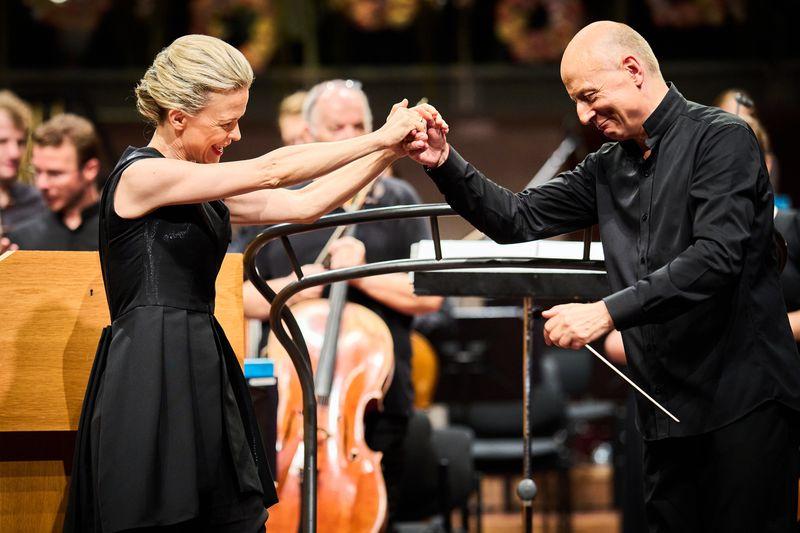

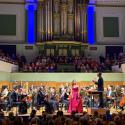
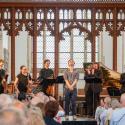
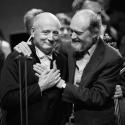
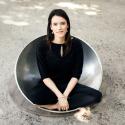
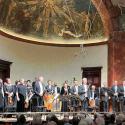
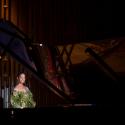
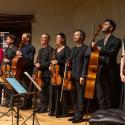
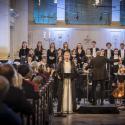
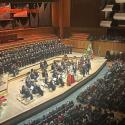

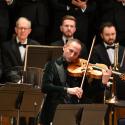
Add comment